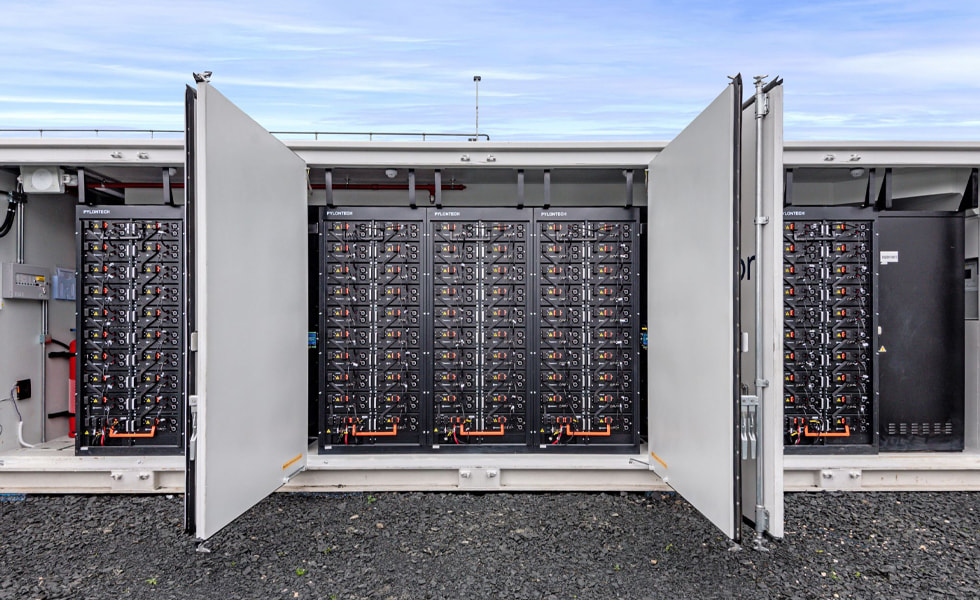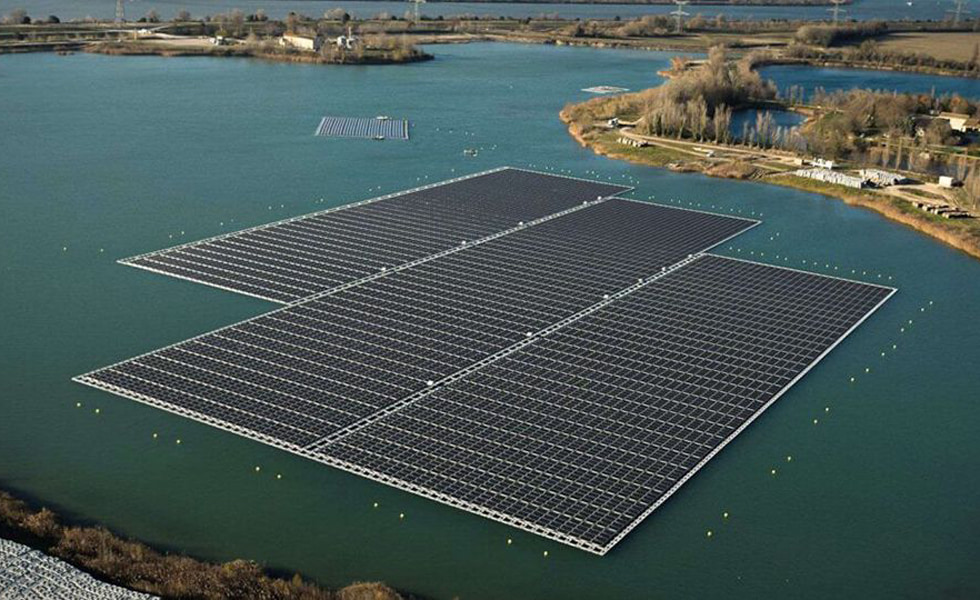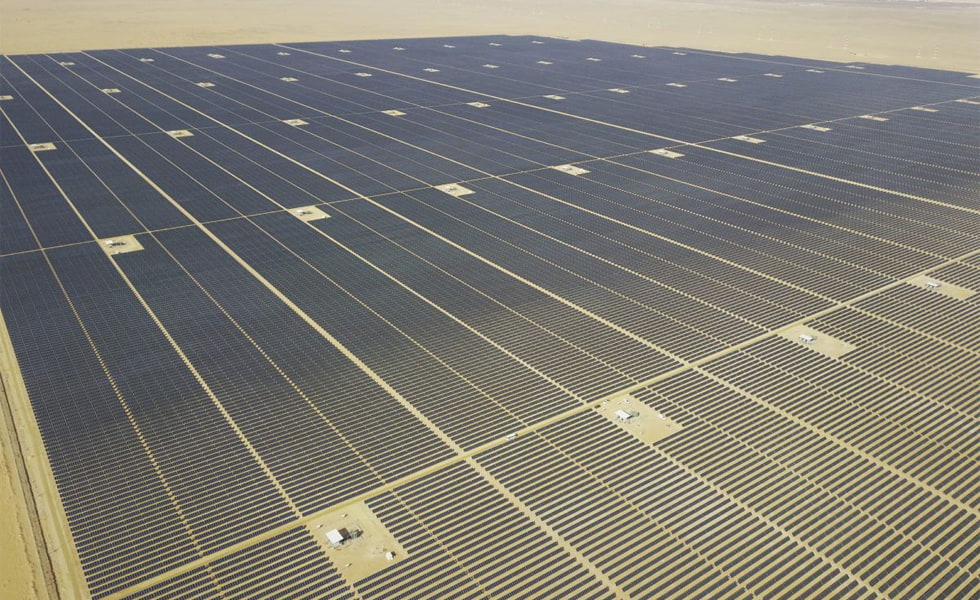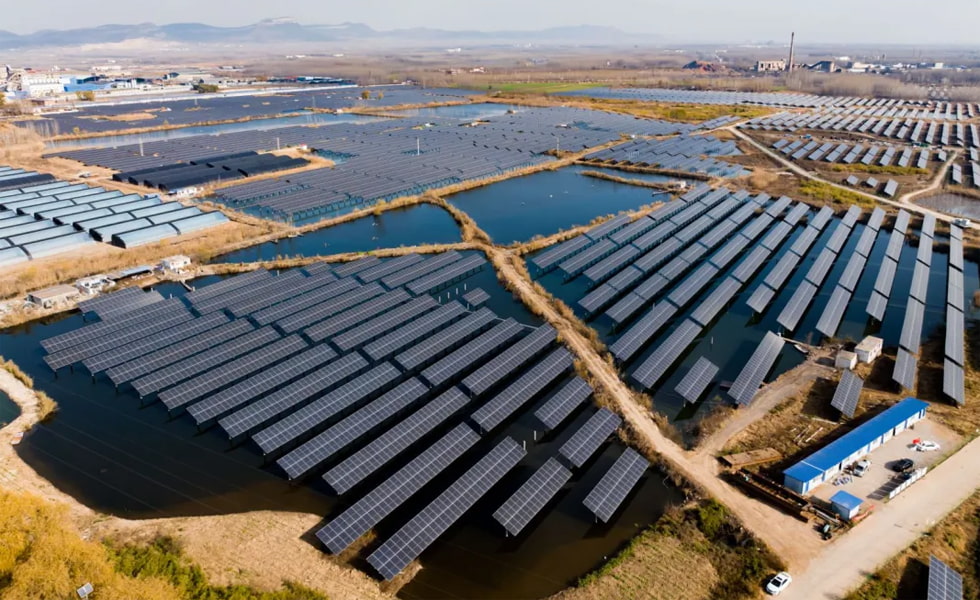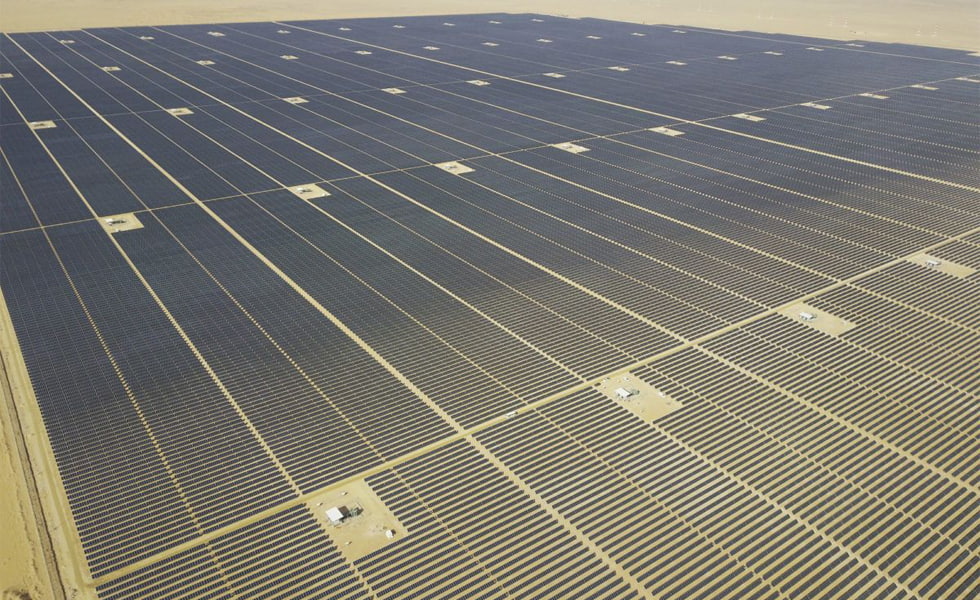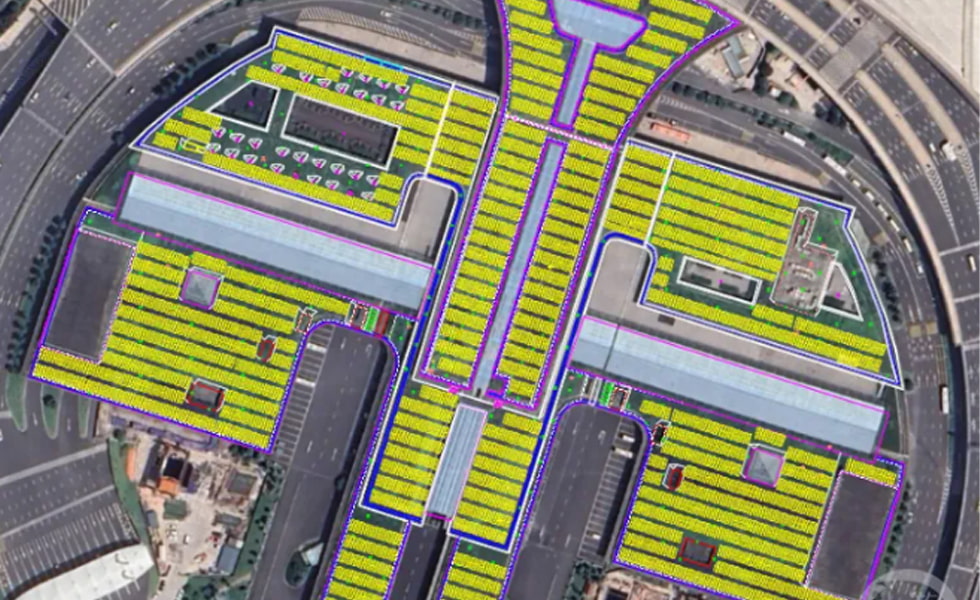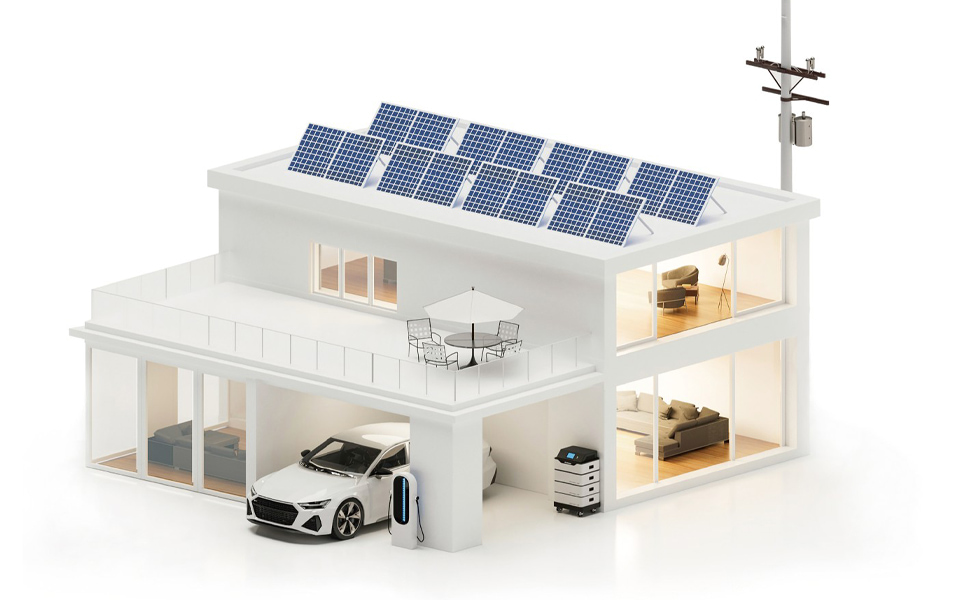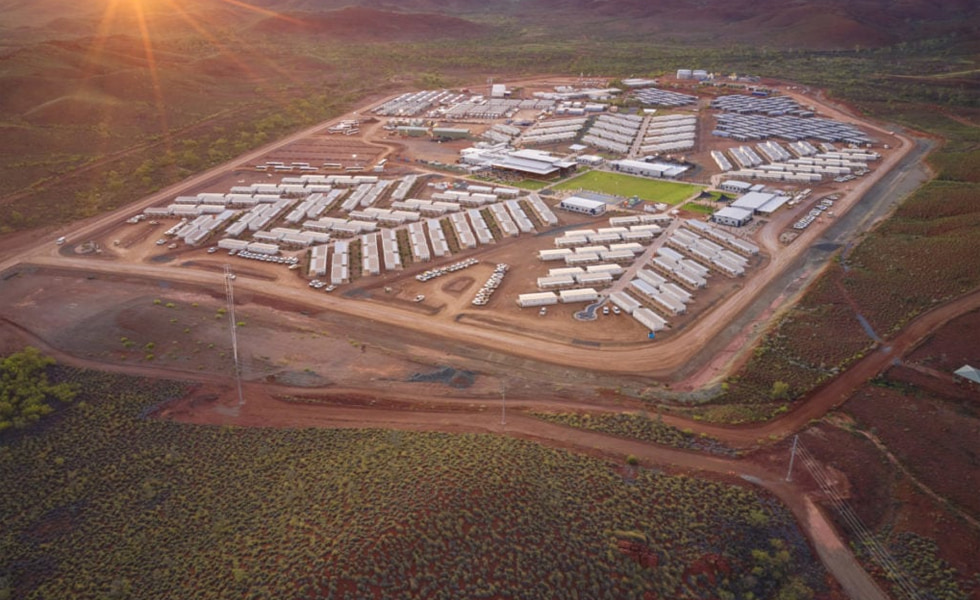6.5 billion! China Energy Group's 1.09GW offshore photovoltaic base project is connected to the grid!
December 26, 2024
Recently, the largest "fish-light complementation" project in my country, the 1.09 million kilowatt Haitang photovoltaic power station invested by Guohua in Hebei, was successfully connected to the grid for power generation. The project is located in Cangzhou City, Hebei Province, on the coast of the Bohai Sea. It is the third batch of large-scale wind power photovoltaic base projects in the country, with a total investment of about 6.5 billion RMB. A total of 363 square arrays with a total of 2.31 million solar panels will be built, covering an area of about 26,000 acres. After completion, the project will rely on Cangzhou's unique natural resource conditions and good aquaculture industry to carry out key technology development and application research on green ecological aquaculture of "fish-light complementation" in seawater ponds, build an innovative technology system for green ecological aquaculture of "fish-light complementation", and explore new paths for upgrading the energy + seawater aquaculture industry. It is understood that the project is the new energy part of the "Green Port Hydrogen City New Materials" project invested by Guohua in Cangzhou, Hebei. In addition to the million-kilowatt new energy base, the "Green Port Hydrogen City New Materials" project will also build 50,000 tons of green hydrogen synthesis ammonia and green hydrogen infrastructure per year, and strive to create the country's first coastal green ammonia comprehensive application demonstration project. In fact, the project belongs to an offshore photovoltaic project. In April this year, the competent authorities officially issued the first national policy on offshore photovoltaic sea use, mainly supporting four types of photovoltaic sea use methods: nuclear power warm drainage area, salt field salt pond, sea aquaculture area, and offshore wind and solar co-site, 2 kilometers offshore. According to public information, Guohua Investment officially obtained the project indicators in June 2023. Before the groundbreaking ceremony on March 28, the project completed the relevant sea use procedures. Guo Kaimin, manager of the "Fishery and Light Complementary" project department of Guohua Investment of the State Energy Group, said that after the project is connected to the grid, the annual average power generation will be about 1.86 billion kWh, which can meet the annual electricity consumption of about 2.79 million residents. It can save about 561,000 tons of standard coal and reduce carbon dioxide emissions by about 1.4 million tons each year. It can help the local area build a new renewable energy power system with good economic, environmental and social benefits.
